What is the largest country in the world? The concept of country size holds a fascinating allure in the study of geography and international relations. It is more than just a figure; it represents a nation’s identity, its environmental diversity, and even its geopolitical power. However, determining the size of a country can be a complex endeavor.
While the most straightforward measure is total land area, this doesn’t always account for the total area of a country, which includes water bodies like lakes and rivers. This complexity adds layers to our understanding and appreciation of the world’s largest countries, each of which boasts a unique tapestry of landscapes, climates, and cultures. From the frozen expanses of Siberia in Russia to the dense rainforests of Brazil, the diversity and unique features of these countries are as vast as their territories. In this article, we rank the top 12 largest countries in the world based on total area.
The Top 12 Largest Countries: Overview
Here’s a glance at the top 12 largest countries in the world, ranked by their total land area. This list unveils the immense scales at which these nations exist, spanning various continents and encompassing a multitude of environments.
| # | Country | Total Area (Km²) | Total Area (mi²) | Land Area (Km²) | Land Area (mi²) | % of World Landmass |
| 1 | Russia | 17,098,242 | 6,601,665 | 16,376,870 | 6,323,142 | 11.0% |
| 2 | Canada | 9,984,670 | 3,855,101 | 9,093,510 | 3,511,022 | 6.1% |
| 3 | China | 9,706,961 | 3,747,877 | 9,388,211 | 3,624,807 | 6.3% |
| 4 | United States | 9,372,610 | 3,618,783 | 9,147,420 | 3,531,837 | 6.1% |
| 5 | Brazil | 8,515,767 | 3,287,955 | 8,358,140 | 3,227,095 | 5.6% |
| 6 | Australia | 7,692,024 | 2,969,906 | 7,682,300 | 2,966,151 | 5.2% |
| 7 | India | 3,287,590 | 1,269,345 | 2,973,190 | 1,147,955 | 2.0% |
| 8 | Argentina | 2,780,400 | 1,073,518 | 2,736,690 | 1,056,641 | 1.8% |
| 9 | Kazakhstan | 2,724,900 | 1,052,089 | 2,699,700 | 1,042,360 | 1.8% |
| 10 | Algeria | 2,381,741 | 919,595 | 2,381,740 | 919,595 | 1.6% |
| 11 | DR Congo | 2,344,858 | 905,354 | 2,267,050 | 875,313 | 1.5% |
| 12 | Saudi Arabia | 2,149,690 | 830,000 | 2,149,690 | 830,000 | 1.4 % |
Top 12 Largest Country in the World
1. Russia

- Total Area: 17,098,242 Km²
- Population: 144,083,352
Russia is the number one largest country in the world and more than twice as big as Brazil (5th largest country). It comprises about 10% of the Earth’s land surface, extending across two continents, traversing 11 time zones, and sharing borders with 14 nations.
Russia’s vast territory touches the waters of three major oceans — the Atlantic, Pacific, and Arctic — and boasts approximately 100,000 rivers, alongside Lake Baikal, which holds records as the planet’s oldest and deepest freshwater lake. The country’s geography showcases a broad spectrum, ranging from deserts and mountains to extensive deciduous forests. However, much of its expanse is dominated by steppes, or vast treeless grasslands, and the taiga, which are dense coniferous forests. Russia’s wild inhabitants include the elusive snow leopard, polar bears, arctic foxes, the Siberian tiger, and bighorn sheep, with the Eurasian brown bear serving as the nation’s emblematic animal.
2. Canada

- Total Area: 9,984,670 Km²
- Population: 39,022,263
Canada, renowned for its breathtaking natural vistas and wild expanses, ranks as the second-largest country in the world. It’s celebrated for its diverse terrains, from craggy coastlines and immense forests to majestic mountains and broad prairies.
Cities such as Toronto, Vancouver, and Montreal add to their charm, offering a melting pot of cultures, a vibrant arts scene, and a high standard of living. Canada is noted for its robust economy, dedication to preserving nature, and influential role in international affairs.
Related Read: Wealthiest Countries in the World
3. China
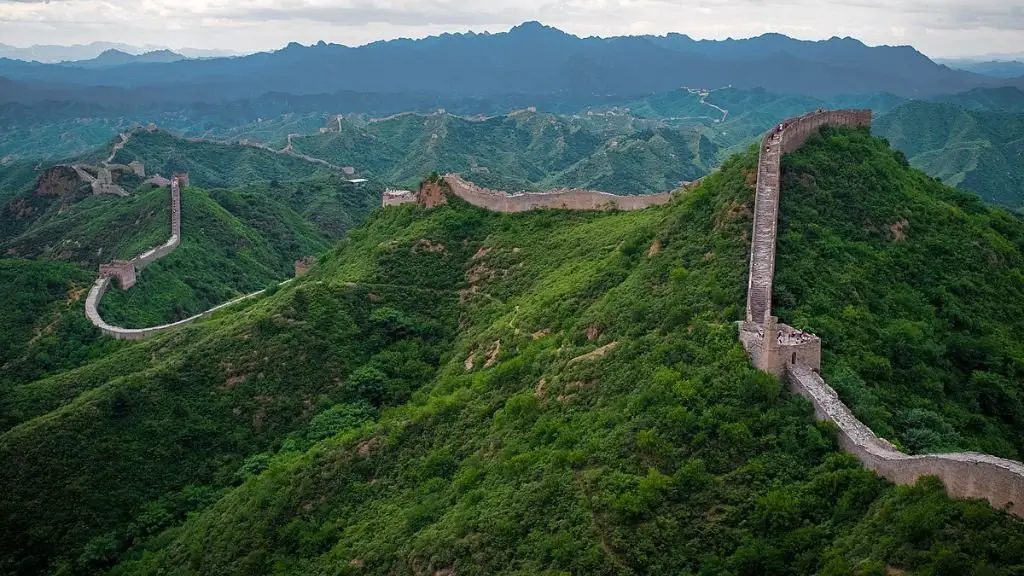
- Total Area: 9,706,961 Km²
- Population: 1,425,306,922
China holds the distinction of being the largest country entirely within Asia, with a total area of 9,596,960 square kilometers. It ranks as the third-largest country in the world by total area and the second-largest country in the world by population size with the United Nations estimating its population to exceed 1.425 billion.
With a history that can be traced back to at least the 13th Century BC, China is a nation of great antiquity. Today, it is recognized as a communist country, famed for iconic landmarks such as the Great Wall, the Giant Pandas, the ‘floating’ mountains of Zhangjiajie, and the historic Forbidden City, among its many other captivating attractions.
4. U.S.A.
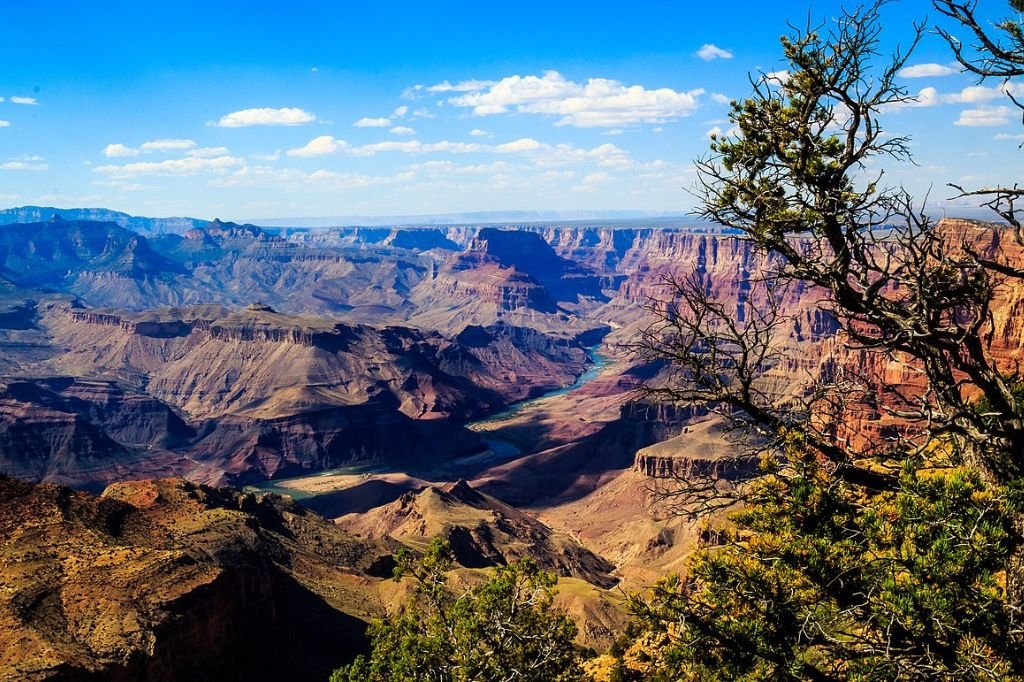
- Total Area: 9,372,610 Km²
- Population: 341,337,707
The United States ranks as the third-largest country globally, despite its land not being entirely connected. Among its 50 states situated on the North American continent, 48 share borders, lying between Canada to the north and Mexico to the south. Alaska, constituting one-fifth of the nation’s total land area, stands apart to the west of Canada and is not physically joined to the other states. Meanwhile, the small, non-contiguous state of Hawaii is situated approximately 2,000 miles (3,200 kilometers) away from the mainland United States in the Pacific Ocean’s expanse.
The vastness of the United States and the separation of its states mean the country encompasses every climate type found across the globe. This includes the tropical climates of Hawaii and Florida, the arid deserts of the Southwest, the polar regions of Alaska, and areas of arctic weather in the Rocky Mountains. The majority of the contiguous 48 states experience either a temperate climate, characterized by ample rainfall, hot summers, and mild winters, or a continental climate, noted for warm summers and bitterly cold winters.
5. Brazil

- Total Area: 8,515,767 Km²
- Population: 217,315,278
Brazil, which encompasses over 47% of South America, stands as the continent’s largest nation, bordering every country except Ecuador and Chile. It is organized into 26 states and one federal district, with São Paulo being the most populous city. Over the past century, Brazil has embraced a rich cultural tapestry due to significant immigration, making it the world’s foremost Portuguese-speaking country. Its progress stems from the successful break from Portuguese rule in 1822 and the maintenance of its territorial integrity through various forms of governance.
Known for its vast beaches, the iconic Christ the Redeemer statue, and the lively city of Rio de Janeiro, Brazil boasts over 7,000 kilometers of tropical coastline, diverse urban centers, and a range of natural environments. Noteworthy sites include the Amazon River, Iguaçu Falls, and the Pantanal, the largest wetland on the planet. The country is celebrated for its contributions to samba music, its passion for football, and the colorful spectacle of Rio’s Carnival.
6. Australia

- Total Area: 7,692,024 Km²
- Population: 26,630,775
Australia, the sole country that spans an entire continent in Oceania, stands out for its distinctive position. Its history of human habitation dates back around 65,000 years, with European colonization beginning in the 17th century. It gained independence from British rule in 1901, transforming into a diverse and multicultural society deeply rooted in the traditions of its Aboriginal populations.
In 1825, the expansion of New South Wales’ western boundary led to the establishment of what are now the states of Western Australia, Queensland, Victoria, Tasmania, South Australia, and the Northern Territory, with Victoria becoming a separate entity in 1851. A move towards political cohesion saw the states unite in concern over European encroachments, leading to the formation of a national defense force and railway system. By 1942, the adoption of uniform tax legislation further centralized federal authority, reducing the states’ independence.
Australia’s states boast distinctive identities, with cities such as Sydney, Melbourne, and Perth providing dynamic cultural scenes. The country’s vast and varied landscapes, including untouched wilderness, pristine beaches, idyllic islands, and the spectacular Great Barrier Reef, offer endless opportunities for encountering wildlife and engaging in adventurous tourism activities.
Read More: Best Honeymoon Destinations in November
7. India

- Total Area: 3,287,590 Km²
- Population: 1,438,268,310
India ranks as the world’s seventh-largest country and is celebrated for its cultural diversity, historical richness, and lively urban centers. The nation is a melting pot of languages, faiths, and customs, positioning it as one of the most culturally varied countries globally. It boasts a legacy of ancient civilization that has produced remarkable architectural feats, including the Taj Mahal and numerous historic temples. Presently, India is on a rapid development trajectory, emerging as a key force in sectors such as technology, agriculture, and manufacturing.
8. Argentina
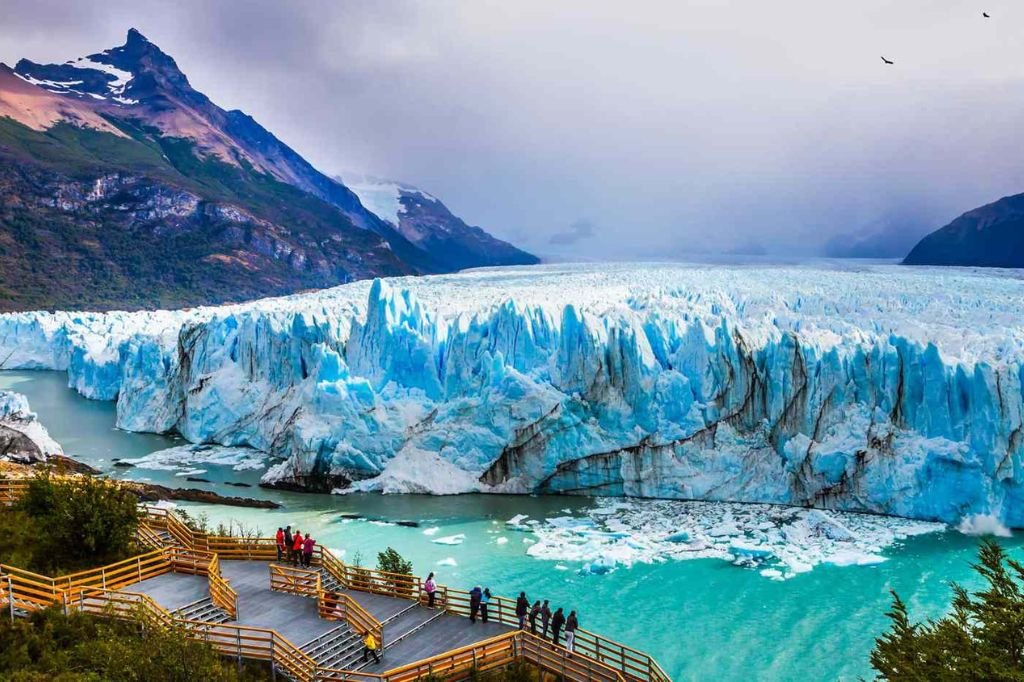
- Total Area: 2,780,400 km²
- Population: 45,982,530
Argentina is the eighth-largest country in the world and spans an area of 2,780,400 square kilometers. Renowned for producing two of the greatest football players in history, this South American country ranks eighth in size globally. With a population of approximately 45.75 million people, Argentina is a vibrant country, boasting breathtaking landscapes and a coastline stretching 4,989 kilometers.
In 1816, Argentina declared its independence from Spain as part of the United Provinces of the Río de la Plata, which initially included Bolivia, Paraguay, and Uruguay. Following the separation from these nations, Argentina emerged as the distinct entity we recognize today. Beyond football, the country is celebrated for its captivating beaches, the majestic Andes mountains, the striking landscapes of Talampaya National Park, and its spectacular waterfalls.
9. Kazakhstan
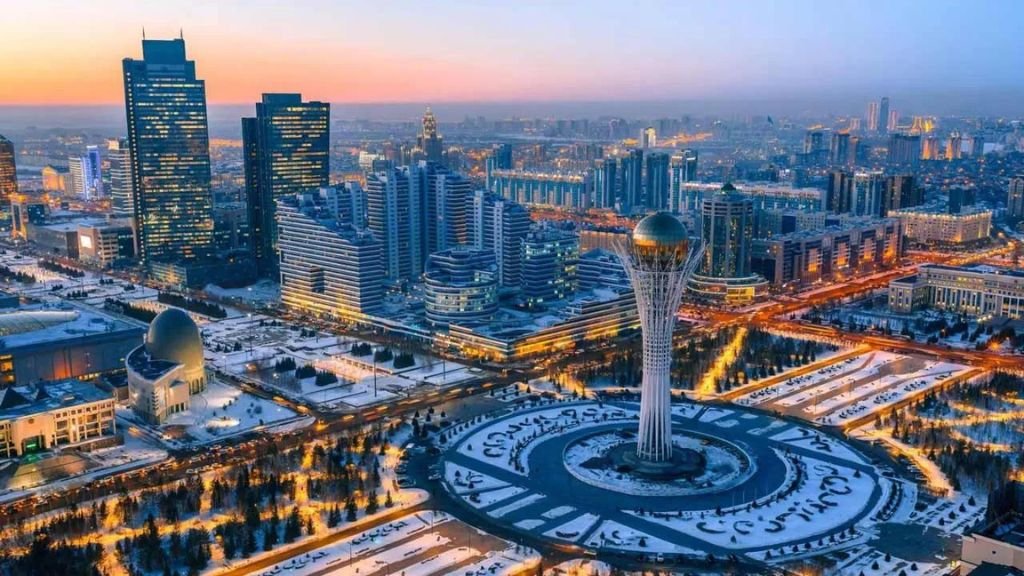
- Total Area: 2,724,900 km²
- Population: 19,768,986
Kazakhstan stands as the most significant and influential nation in Central Asia, straddling Eastern Europe and the Caspian Sea while bordered by various countries, including Russia and China. Characterized by its low population density, harsh winter conditions, and varied landscapes that encompass deserts, national reserves, and mountain ranges, Kazakhstan is a study in contrasts. Almaty, the country’s largest city, was the capital until 1997 when it was replaced by the newly developed Astana.
Gaining independence from the Soviet Union in late 1991, Kazakhstan has evolved into a culturally diverse country, drawing influences from its Russian, Chinese, and Caspian neighbors. Its rich history is marked by the domestication of horses by the Kazakhs and notable sites such as the Russian Baikonur Cosmodrome. The country also gained unexpected fame through comedian Borat. However, recent statements by Russian officials questioning Kazakhstan’s history and sovereignty have sparked concern amid the broader backdrop of Russia-Ukraine tensions.
10. Algeria

- Total Area: 2,381,740 Km²
- Population: 46,098,328
Algeria is the 10 largest country in the world and covers an area of 2,381,740 square kilometers. This North African country gained its independence in 1962 after an eight-year conflict with France, ending a long history of foreign domination that dates back to the 3rd century BC with the Numidians.
As of 2024, Algeria, with a population of approximately 45.5 million, is celebrated for its Mediterranean climate and expansive Saharan deserts. Among its notable natural wonders is Tassili n’Ajjer, famed for its abundant prehistoric rock art, which earned it UNESCO World Heritage status in 1986.
Also Read: Best Honeymoon Destinations in July
11. DR Congo
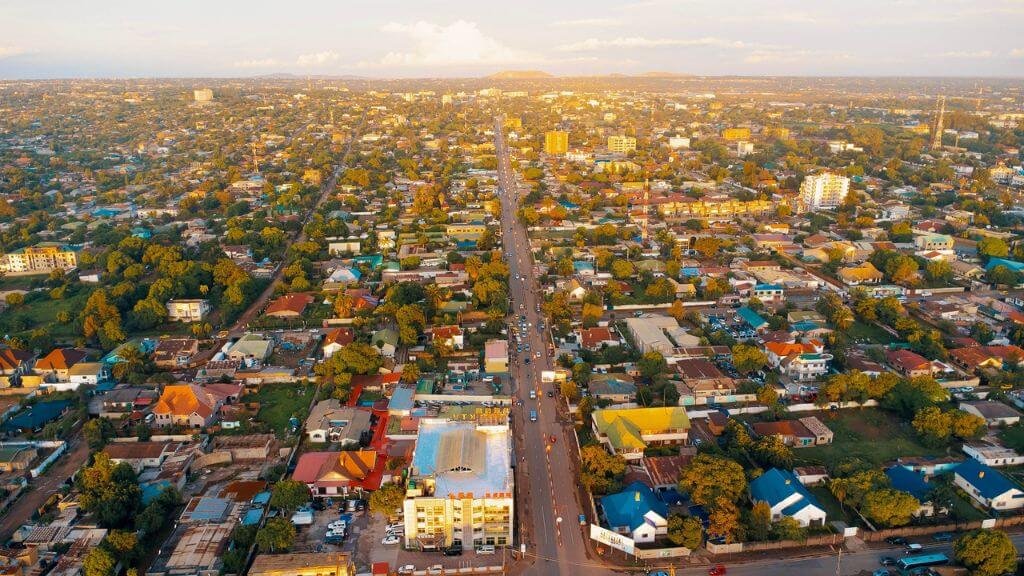
- Total Area: 2,344,858 Km²
- Population: 111,859,928
The Democratic Republic of the Congo (DRC), ranked as the 11th largest country globally, spans an impressive expanse in the heart of Africa. With a land area encompassing approximately 2,344,858 square kilometers (905,354 square miles), it is a nation of vast natural wealth and unparalleled biodiversity. The DRC is home to the Congo Rainforest, the second-largest tropical rainforest in the world, a vital ecosystem teeming with diverse wildlife, including gorillas, elephants, and countless bird species.
Beyond its environmental significance, the DRC is rich in mineral resources, including diamonds, gold, and coltan—a critical component in modern electronics. Despite its natural wealth, the DRC faces numerous challenges, including political instability, infrastructure deficits, and ongoing humanitarian issues. Nevertheless, its cultural diversity, with over 200 ethnic groups and as many languages, adds to the country’s unique and vibrant identity on the African continent.
12. Saudi Arabia

- Total Area: 2,149,690 Km²
- Population: 37,336,911
Saudi Arabia, the 12th largest country in the world, stretches over approximately 2,149,690 square kilometers (830,000 square miles) of the Arabian Peninsula. Characterized by its vast deserts, including the Rub’ al Khali (Empty Quarter), the largest continuous sand desert in the world, Saudi Arabia is a land of extreme geographical contrasts. It also boasts beautiful coastlines along the Red Sea and the Persian Gulf. As the birthplace of Islam, it hosts the two holiest cities in the Islamic faith, Mecca and Medina, drawing millions of Muslim pilgrims annually.
Economically, Saudi Arabia is a global oil giant, holding the world’s second-largest proven oil reserves, which has propelled it to a significant position in international politics and the global economy. The country is undergoing substantial social and economic transformations under its Vision 2030 program, aiming to diversify its economy beyond oil and develop public service sectors such as health, education, infrastructure, recreation, and tourism. Despite its arid climate, Saudi Arabia’s rich cultural heritage and rapid modernization efforts make it a unique blend of ancient traditions and contemporary life.
Conclusion
Understanding the dimensions of the world’s largest countries reveals a complex interplay of challenges and opportunities. The vast territories of these nations not only require innovative approaches to infrastructure, environmental conservation, and regional development but also offer unparalleled resources and cultural richness.
This exploration underscores the importance of strategic management and international cooperation in harnessing the potential of large countries. Reflecting on the significance of country sizes deepens our appreciation of global dynamics, emphasizing the need for a balanced approach to development, sustainability, and cultural preservation. In a world marked by diversity and interconnected challenges, the management and stewardship of these vast lands stand as a testament to human ingenuity and resilience.
Frequently Asked Questions about Largest Country in the World
What are the advantages of having a large land area?
A large land area can provide a country with extensive natural resources, diverse climates and ecosystems for agriculture and tourism, and significant geopolitical influence.
How do these countries manage their resources?
Large countries often develop sophisticated management strategies that include federal and local governance structures, technology for resource mapping and monitoring, and international cooperation on environmental issues.
What role does technology play in bridging vast distances?
Technology is crucial in connecting remote areas, improving infrastructure, enhancing resource management, and facilitating economic development. Innovations in telecommunications, transport, and digital services are vital for bridging distances and fostering cohesion.
Which country is the smallest in the world?
According to information from history.com, Vatican City is the smallest country in the world. Situated in Rome, Italy, this residence of the Pope covers an area of less than half a square kilometer. Following Vatican City in size is the Principality of Monaco and Nauru, which rank as the second and third smallest nations globally.
How big is Russia compared with the U.S.?
The United States spans roughly half the geographical area of Russia, making Russia nearly twice the size of the U.S. as indicated by NationMaster.com.
Although Russia encompasses a vast territory, it is home to merely 2% of the global population, in contrast, the United States holds the position of the third most populous country in the world, as reported by the U.S. Census Bureau.










![What Does Aviates Stand for in Aviation? [The Art of Flying] Aviates](https://tourinplanet.com/wp-content/uploads/2024/07/Aviates-100x75.jpg)














![25 Best Peruvian Foods You Must Try In Peru [With Recipes] Peruvian Food](https://tourinplanet.com/wp-content/uploads/2024/07/Peruvian-Food-100x75.jpg)


